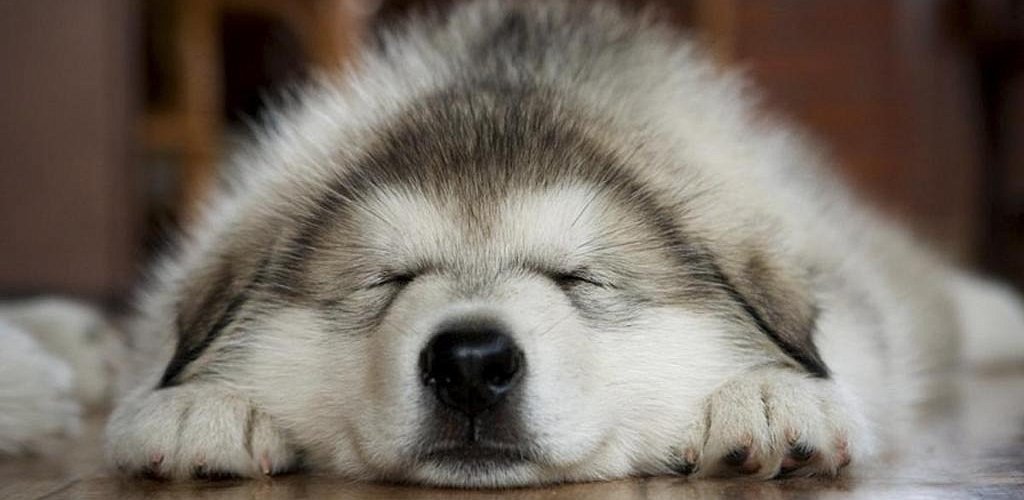What do you need to know when choosing a dog?

Each of us, when choosing a puppy, wants to be sure that his pet is the best of all possible. However, sometimes dogs have features that are not mentioned in the pedigree. The process of breeding any breed is very similar to walking through a minefield. Everything is carried out by the method of errors and trials. For an animal, this can threaten death, while for a person it is just an additional investment in the piggy bank of acquired experience.
Each of us, when choosing a puppy, wants to be sure that his pet is the best of all possible. However, sometimes dogs have features that are not mentioned in the pedigree. The process of breeding any breed is very similar to walking through a minefield. Everything is carried out by the method of errors and trials. For an animal, this can threaten death, while for a person it is just an additional investment in the piggy bank of acquired experience.
By its nature, a dog is a fairly plastic genetic model. This is directly evidenced by the huge number of breeds received by mankind – from the toy terrier to the mastiff. Work on breeding has always been carried out in two main directions: for hunting game, protection and guard work, service skills were fixed, and interesting decorative forms with a beautiful exterior were displayed. Unfortunately, no one took into account that the signs necessary for a person may not just not correspond to the nature of the animal, but also be incompatible with the general physiology of dogs.
For example, because of the decorative constitution, English bulldog puppies cannot be born naturally - they have to resort to the cesarean section method. Also in this breed, a lot of different genetic diseases are transmitted from one generation to another.
In Germany, dog handlers sought to breed a special breed of very small dachshunds for hunting rabbits. If two representatives of a breed of normal growth had a puppy significantly lagging behind in growth from its fellows, only it was used for subsequent breeding work. However, miniature growth is associated with hormonal insufficiency, with a congenital malfunction of the pituitary gland.
This is the paradox: the more the exterior of the animal fits the requirements of a person, the less hardy your dog will be. The "pure" representatives of the breed have very fragile health. Hereditary diseases are very difficult to correct in any way.
Unfortunately, a lot of sick dogs have appeared in our time. Most often, this is directly related to the dishonesty of dog handlers and breeders. And if external defects can be determined almost immediately after the puppy is born, then internal pathologies – problems with the kidneys, heart, and other organs – manifest themselves only after a few years. It happens that defects are detected only after a generation.
Remember that you have every right to know the truth about the puppies you purchase. The breeder is obliged to guarantee the quality, always warn buyers about all possible deviations. Reputation is worth a lot, and it's better not to forget about it.
When choosing a puppy, be sure to pay attention to the main points.
Eye color
If the baby's slightly pigmented iris has a bluish tinge, this is a manifestation of the ocular form of albinism. But for huskies, gray-blue eyes are the norm.
Gait
Hip dysplasia is manifested by a wagging gait.
Propensity to diseases in representatives of certain breeds.
With unfavorable living conditions and insufficient care, any living being begins to get sick. However, dogs of the following breeds are excessively disposed to certain diseases. This must be taken into account when choosing a pet.
Teeth
Lapdog, Pekingese, other decorative small breeds – preservation of milk teeth – threatens the abnormal position of permanent teeth.
Collie, terrier – moving the upper canines – can lead to ulcers on the upper lip.
Eyes
Cocker spaniel, English bulldog, poodle, retriever, pekingese – distichiasis (additional row of eyelashes) – causes conjunctivitis.
Mastiff, chow chow, sharpey, newfoundland, St. Bernard – eyelid inversion – eye inflammation, lacrimation.
Poodle, German Shepherd, labrador, bull terrier – cataract – threatens to lose sight.
Moscow watchdog, bloodhound, mastiff, clumber spaniel – eyelid inversion – vision loss, keratitis.
Pekingese, pug, shih tzu – insufficient pigmentation of the cornea – can cause chronic keratitis.
Leather
Great Dane of Bordeaux, bullmastiff – boils (acne) – inflammation of the brylae.
Collie, Rhodesian ridgeback – dermoid cyst – culling of an individual.
Rottweiler, dachshund, Dalmatian, sharpey – dermatitis – causes hair loss, skin combing.
Paws
Giant breeds (mastiff, St. Bernard, others) – inflammation of the periarticular tissues – we have to resort to amputation of the finger.
Ears
Piebald: beagle, Dalmatian, bull terrier; black: Great Dane, dachshund, collie – color-related congenital deafness – culling of an individual.
Long–eared breeds (spaniel, setter, others) – otitis media - threatens hearing loss.
Spine and Joints
Dachshund – leg paralysis – we have to resort to euthanasia.
Rottweiler, mastiff, newfoundland, St. bernard, fila brasilero – hip dysplasia – dog culling.